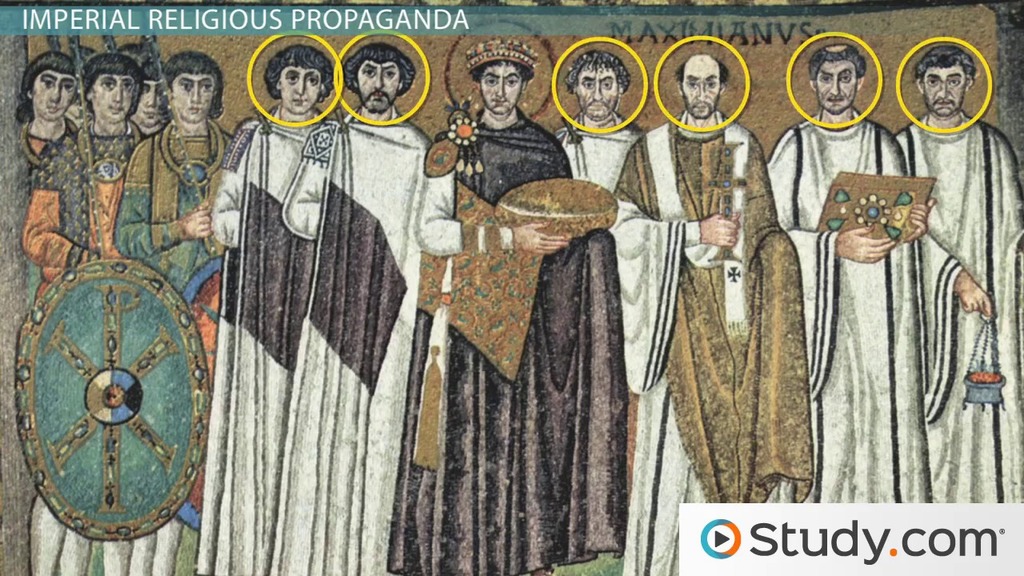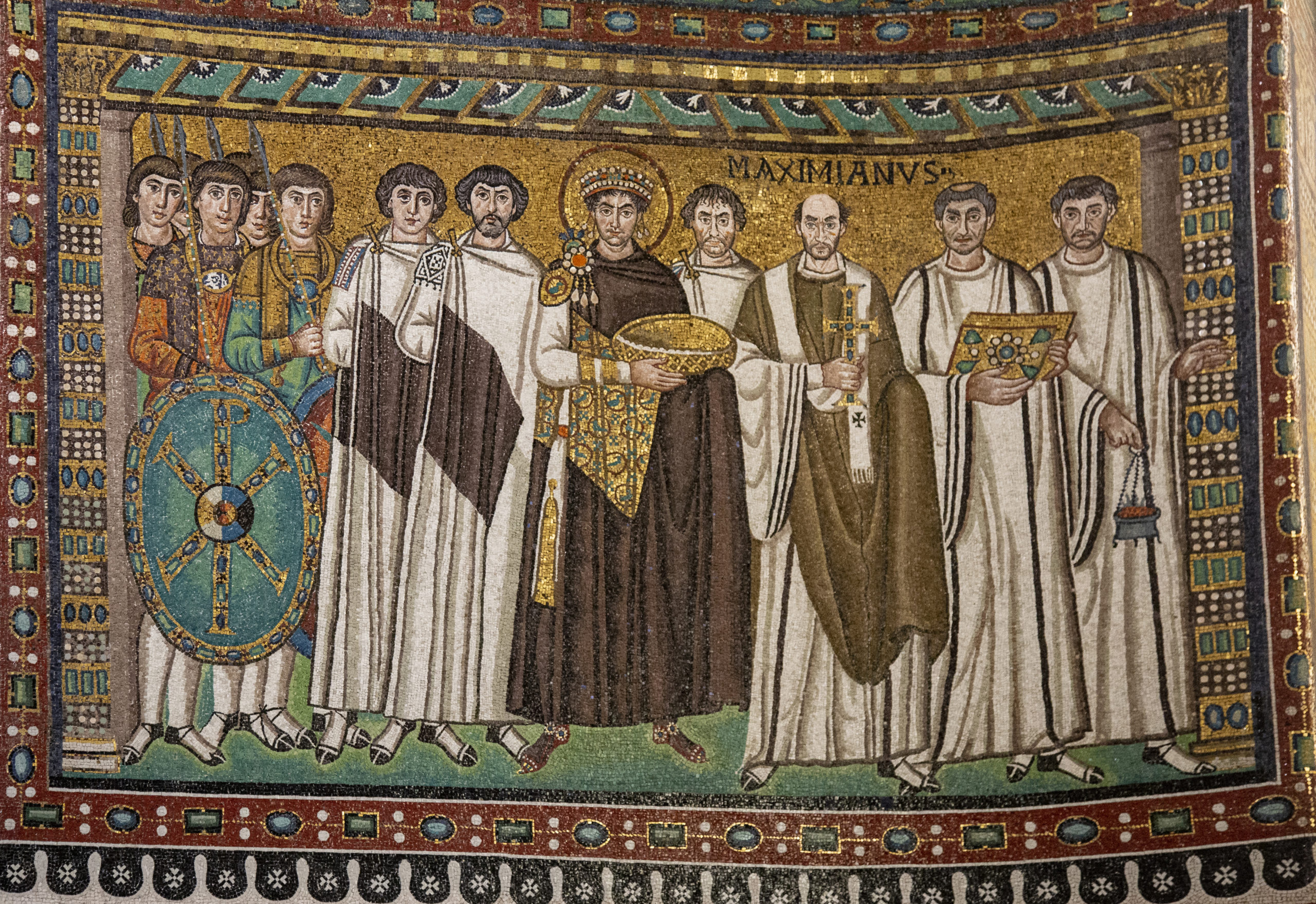The art of mosaics in the Byzantine Empire is a mesmerizing display of intricate craftsmanship and rich cultural heritage. These mosaics, composed of tiny, colored pieces of glass, stone, or ceramic known as tesserae, adorned the walls and ceilings of Byzantine churches and palaces, leaving a lasting legacy that continues to captivate us to this day.
By exploring the art of mosaics in the Byzantine Empire, we gain insight into the remarkable skill and dedication of the artists who created these masterpieces. The Byzantine Empire, with its capital at Constantinople, flourished from the 4th to the 15th century, and during this time, the art of mosaics reached its zenith. These stunning works of art not only served as decorative elements but also conveyed religious themes and narratives, embodying the Byzantine devotion to the Christian faith.
The art of mosaics in the Byzantine Empire holds a significant place in the history of art. Byzantine mosaics are known for their intricate designs and vibrant colors, showcasing religious and imperial themes. These mosaics were created using small pieces of colored glass, stone, or ceramic called tesserae. The art form reached its peak in the 6th century, adorning churches, palaces, and public buildings. Exploring the art of mosaics in the Byzantine Empire provides a fascinating glimpse into the skill and creativity of the era.

Contents
Artistic Mastery: The Byzantine Mosaics
The Byzantine Empire, with its rich cultural heritage, produced some of the most awe-inspiring works of art in history. Amongst its many artistic achievements, the Byzantines excelled in the art of creating mosaics. These intricate and vibrant artworks adorned the walls, ceilings, and domes of Byzantine buildings, leaving a lasting legacy that continues to captivate audiences to this day. By exploring the world of Byzantine mosaics, we can uncover the intricate techniques, religious symbolism, and historical significance that defined this unique art form.
The Origins and Evolution of Byzantine Mosaics
The origins of Byzantine mosaics can be traced back to ancient Greece and Rome, where mosaics were used as decorative elements in buildings. However, it was during the Byzantine period that mosaics reached their zenith of artistic expression. The art of mosaic making reached its peak in the 6th century under the reign of Emperor Justinian I and his wife Theodora, who commissioned grand mosaic projects to embellish places of worship and imperial buildings.
The style and techniques of Byzantine mosaics evolved over time, transitioning from the classical Roman style to a more abstract and symbolic approach. This shift was influenced by the Byzantine Empire’s growing religious fervor and its desire to convey theological ideas through art. Byzantine mosaics became a visual representation of the empire’s devotion to Christianity, with intricate designs depicting biblical scenes, saints, and religious iconography.
Byzantine mosaics were typically composed of small tesserae, tiny pieces of colored glass, stone, ceramic, or precious materials. These tesserae were meticulously arranged to form intricate patterns, figures, and scenes. The process of creating a mosaic was painstaking and required skilled craftsmen who were masters of the art. The vibrant colors and the reflective properties of the materials used in Byzantine mosaics created a luminous effect, mesmerizing viewers and adding a sense of divine presence to the sacred spaces they occupied.
The Symbolism and Iconography of Byzantine Mosaics
Byzantine mosaics were not mere decorative elements; they were profound expressions of religious devotion and theological concepts. Each element of a mosaic held symbolic meaning, carefully chosen to convey a specific message. The use of gold, for example, symbolized the divine radiance of heaven, while blue represented the ethereal world of the Divine. Byzantine mosaics often incorporated Byzantine emperors and religious figures, highlighting their connection to the divine realm and asserting their authority.
The iconography of Byzantine mosaics included important biblical scenes, such as the life of Jesus Christ, the Virgin Mary, and the saints. These religious narratives were depicted with rich detail and intricate compositions to convey the mystical nature of Christian theology. The use of halos, gestures, and facial expressions in Byzantine mosaics added depth and meaning to the figures, emphasizing their sacred status and inviting viewers into a spiritual contemplation.
One iconic example of Byzantine mosaic iconography is the depiction of Justinian and Theodora in the Basilica of San Vitale in Ravenna, Italy. The mosaic portrays the emperor and empress as the representatives of Christ on earth, surrounded by a celestial court. This mosaic exemplifies the fusion of political power and religious authority that characterized Byzantine art and its symbolism.
Preserving the Legacy of Byzantine Mosaics
The preservation of Byzantine mosaics is of utmost importance to ensure that future generations can appreciate the magnificence of this art form. Many Byzantine mosaics have endured centuries of wear and tear, wars, and natural disasters, and efforts are being made to safeguard and restore these precious masterpieces.
In recent years, advanced conservation techniques have been employed to protect and restore Byzantine mosaics. These techniques include the use of non-invasive cleaning methods, stabilization of deteriorating structures, and reversible adhesives to repair damaged tesserae. Additionally, digital imaging technology has allowed for detailed documentation and analysis of Byzantine mosaics, aiding in their restoration and preservation.
Furthermore, initiatives have been undertaken to raise public awareness about the significance and beauty of Byzantine mosaics. Museums, educational programs, and exhibitions around the world showcase these remarkable artworks, allowing visitors to immerse themselves in the captivating world of Byzantine art and appreciate the skill and craftsmanship of the mosaic makers.
Legacy and Influence
The art of Byzantine mosaics had a profound impact on subsequent artistic movements. Its influence can be seen in medieval and Renaissance art, where mosaic techniques and stylistic elements were adopted and adapted. The vibrancy and spiritual depth of Byzantine mosaics continue to inspire contemporary artists and designers, who seek to capture the essence of this ancient art form and incorporate it into modern creations.
Conclusion
Exploring the art of mosaics in the Byzantine Empire reveals a world of unsurpassed artistic mastery, religious symbolism, and historical significance. These magnificent works of art continue to captivate audiences with their intricate designs, vibrant colors, and timeless messages. By understanding and preserving the legacy of Byzantine mosaics, we ensure that their beauty and cultural significance are cherished for generations to come.

Exploring the Art of Mosaics in the Byzantine Empire
The Byzantine Empire, which existed from the 4th to the 15th century, was renowned for its magnificent mosaics that adorned its churches, palaces, and public buildings. These intricate works of art showcased the richness, grandeur, and religious devotion of the Byzantine culture.
Mosaics in the Byzantine Empire were created using tiny colored pieces of glass, stone, or ceramics, known as tesserae. These tesserae were carefully arranged to form intricate patterns, elaborate scenes from the Bible, or portraits of important figures. The mosaics were often set on walls, domes, and floors, creating a vibrant and awe-inspiring visual experience.
The art of mosaics in the Byzantine Empire served various purposes. It was used as a form of religious propaganda, conveying the theological teachings and stories of Christianity to the masses. Mosaics were also used to beautify and glorify the Byzantine Empire, showcasing its wealth, power, and cultural achievements. Additionally, mosaics played a role in creating a symbolic and mystical atmosphere in churches, arousing a sense of wonder and devotion among the faithful.
Today, the surviving mosaics from the Byzantine Empire continue to captivate and inspire. They serve as a testament to the skill, artistry, and creativity of Byzantine craftsmen and provide valuable insights into the history, culture, and religious beliefs of this remarkable civilization.
Key Takeaways: Exploring the Art of Mosaics in the Byzantine Empire
- Mosaics were a popular form of art in the Byzantine Empire.
- Byzantine mosaics were made using small pieces of colored glass or stone.
- Mosaics in the Byzantine Empire were used to decorate churches and important buildings.
- Byzantine mosaics often depicted religious figures and scenes from the Bible.
- The art of mosaic-making was highly valued in the Byzantine Empire.
Frequently Asked Questions
The art of mosaics in the Byzantine Empire is a fascinating subject that has captured the interest of many. Here are some frequently asked questions about this unique art form:
1. What are mosaics?
Mosaics are artworks created by assembling small pieces of colored glass, stone, or other materials in patterns or designs. In the Byzantine Empire, mosaics were commonly used to decorate religious buildings such as churches and monasteries.
These mosaics often depicted religious scenes, figures, or symbols, and were intended to convey messages or tell stories to the worshippers. The intricate designs and vibrant colors of Byzantine mosaics have made them highly regarded as a form of artistic expression.
2. What makes Byzantine mosaics unique?
Byzantine mosaics are known for their meticulous attention to detail and use of vibrant colors. The artists used tiny pieces of colored glass, called tesserae, to create intricate and highly detailed designs. The gold leaf was also used to add a touch of luxury and brilliance to the mosaic artwork.
Additionally, Byzantine mosaics often had a religious theme and were created to inspire and educate the viewers. The use of mosaics in religious buildings was a way to bring the divine to life and create a sense of awe and wonder among the worshippers.
3. Where can I see Byzantine mosaics today?
Byzantine mosaics can be found in various locations around the world. One of the most famous examples is the Hagia Sophia in Istanbul, Turkey. This iconic building is adorned with stunning mosaics that date back to the Byzantine era.
Other notable locations include Ravenna in Italy, which is known for its Byzantine mosaics, and the Basilica of San Vitale, which features exquisite mosaic artwork. Many museums also house collections of Byzantine mosaics, offering visitors a chance to admire these ancient masterpieces.
4. How were Byzantine mosaics created?
Byzantine mosaics were created through a meticulous and time-consuming process. The artist would first prepare a design or pattern, often using a cartoon or sketch as a guide. The design would then be transferred onto the surface, typically a wall or ceiling.
The artist would then carefully place each individual tessera, using mortar or another adhesive to secure them in place. The tesserae were arranged in such a way that when viewed from a distance, they would create a cohesive and visually striking image.
5. What is the significance of Byzantine mosaics?
Byzantine mosaics hold great historical and cultural significance. They not only served as decorative elements in religious buildings but also as a means of conveying religious beliefs and stories to the worshippers.
These mosaics also showcase the artistic and technical expertise of the Byzantine Empire. They demonstrate the empire’s wealth, power, and devotion to religious iconography. The enduring legacy of Byzantine mosaics can still be seen and appreciated today, making them an important part of art history.
The Byzantine Empire was renowned for its exquisite mosaic art, which adorned churches, palaces, and public buildings. These mosaics showcased intricate designs, vivid colors, and a harmonious blend of religious, cultural, and imperial themes.
Byzantine mosaics served multiple purposes, from creating a spiritual atmosphere to conveying political messages. They depicted scenes from the Bible, saints, emperors, and important historical events. The use of small, colored glass or stone tesserae allowed for incredible detail and depth in the artwork.
Today, the surviving Byzantine mosaics continue to captivate and inspire. They are not only a testament to the skill and creativity of Byzantine artists but also a rich source of historical and cultural knowledge. By exploring the art of mosaics in the Byzantine Empire, we gain a deeper appreciation for the legacy of this remarkable civilization.